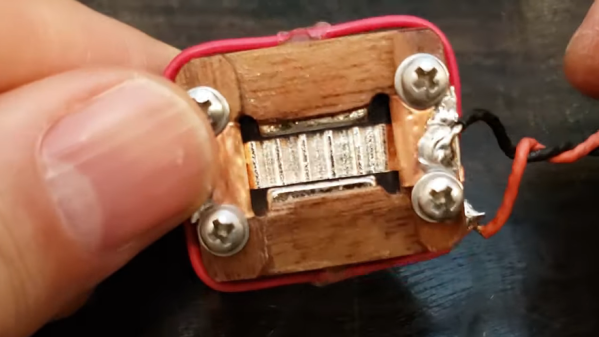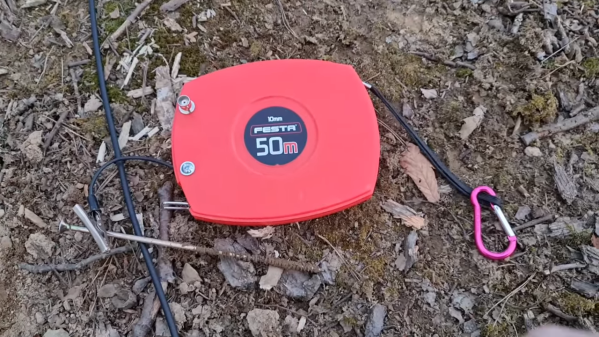It’s a sad statement on the modern world that even civilians are at risk for severe traumatic injuries in the course of going about their lives. And if something unthinkable happens to you or someone you love, here’s hoping both that the injury can be treated, and that someone is nearby who both knows what to do and is properly equipped to do it.
That’s the thinking behind these 3D printed tourniquets, an unfortunate but necessary response to the ongoing war in Ukraine. To get tourniquets into the hands of those trained to use them, [3DPrintingforUkraine] is working on plans for a printable version of the C-A-T, or combat application tourniquet, a lightweight but strong tourniquet that can be rapidly applied, even by victims themselves. The commercial device consists of molded nylon buckles and hook-and-loop fastener bands, along with a very sturdy plastic handle that serves as a windlass that provides the necessary occlusive force when twisted. The 3D printed version’s parts aren’t as streamlined as the commercial unit’s, but they appear to be strong enough to withstand the considerable forces involved. From the look of their site, STL files and instructions for assembly will be available soon.
To be clear, tourniquets should only be applied by someone properly trained to do so. But having ample tourniquets available where traumatic injuries to the extremities are likely to occur can only improve the odds that one will be available when it’s needed. So hats off to [3DPrintingforUkraine] for making the effort to push this forward.
[Austin Everman] sent us this tip. Thanks!

















